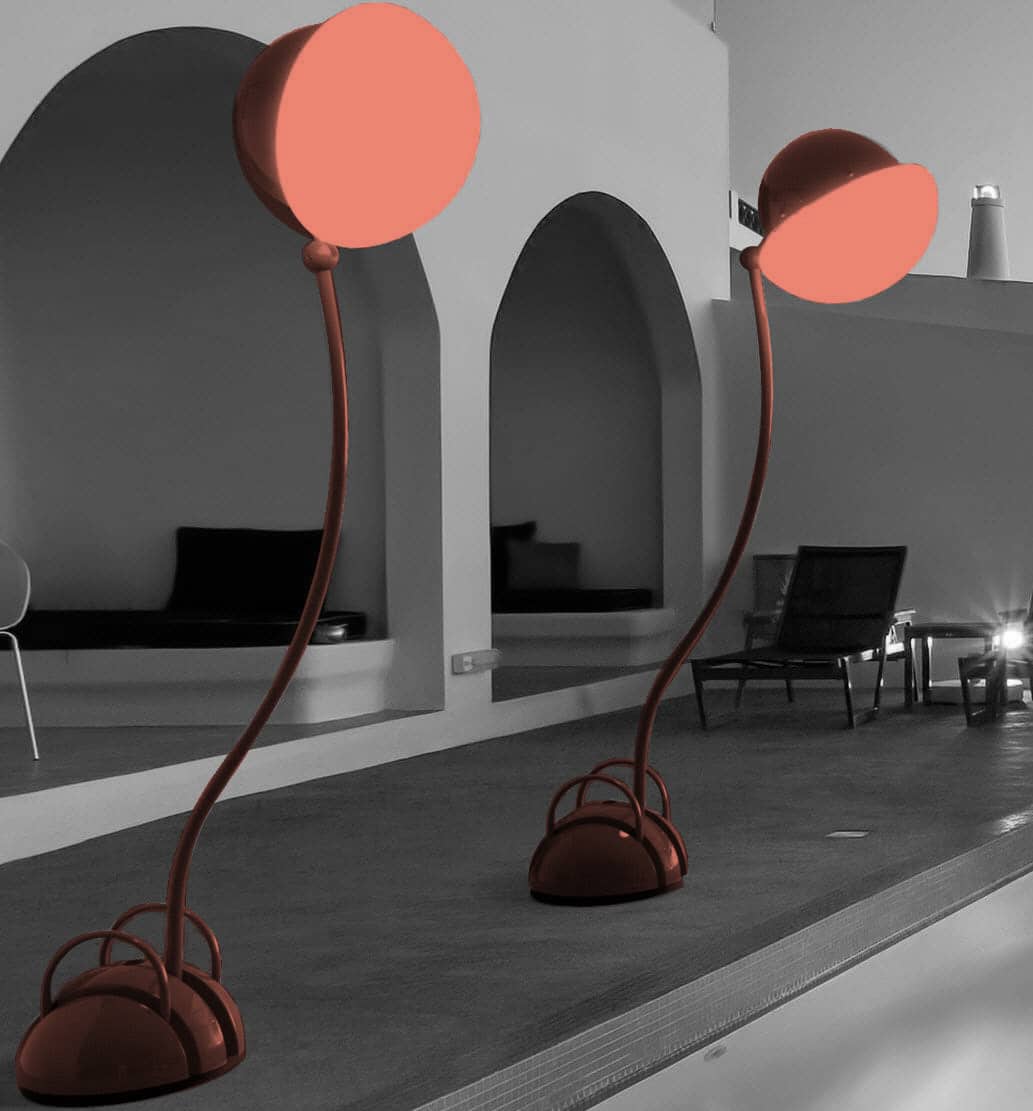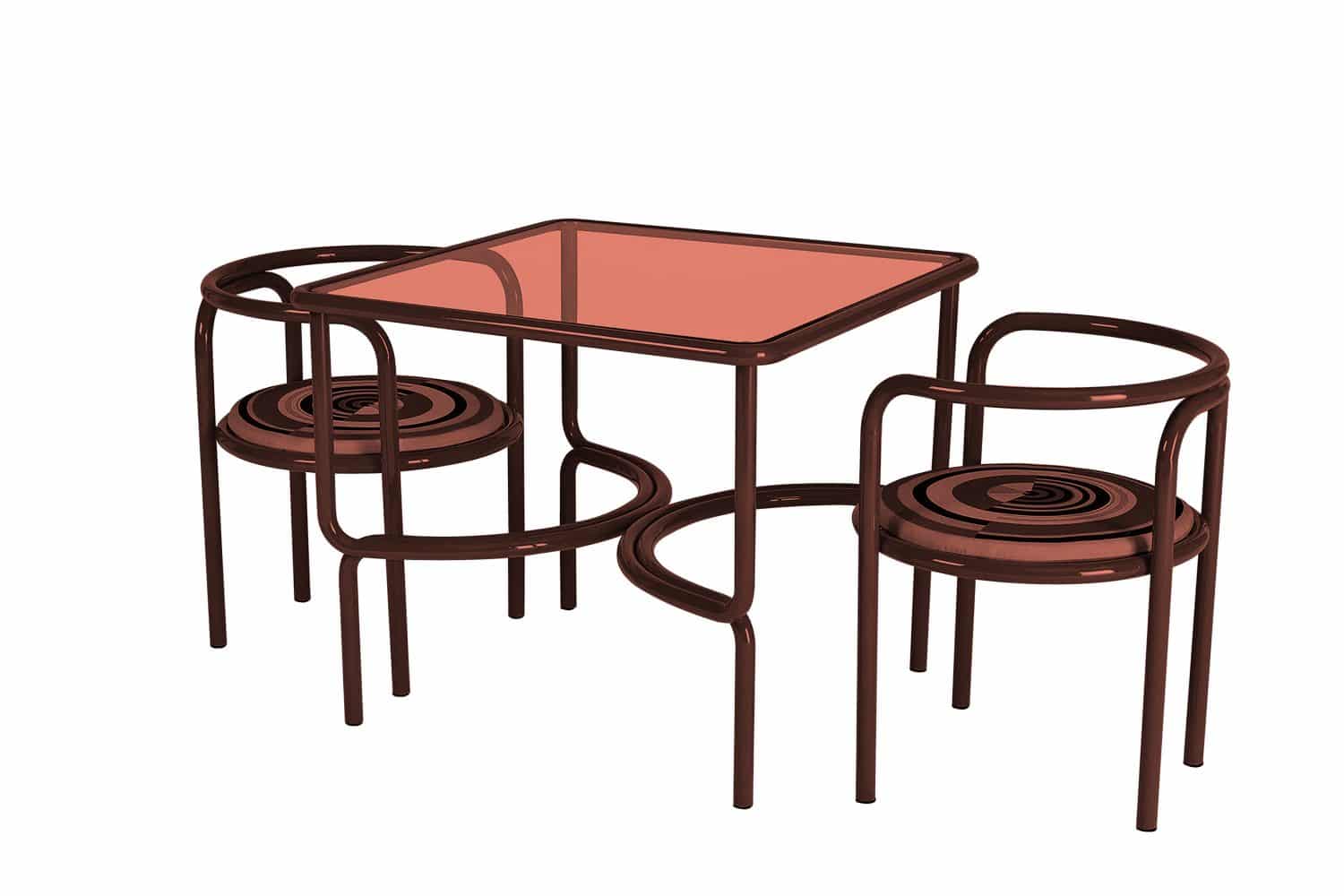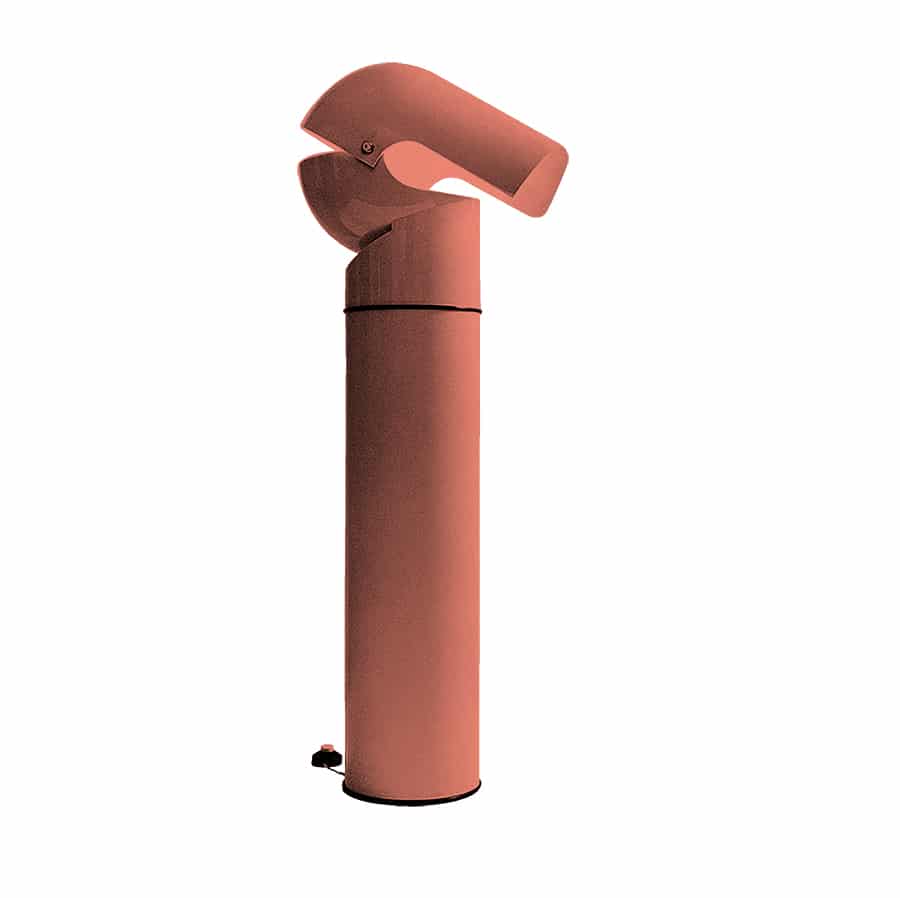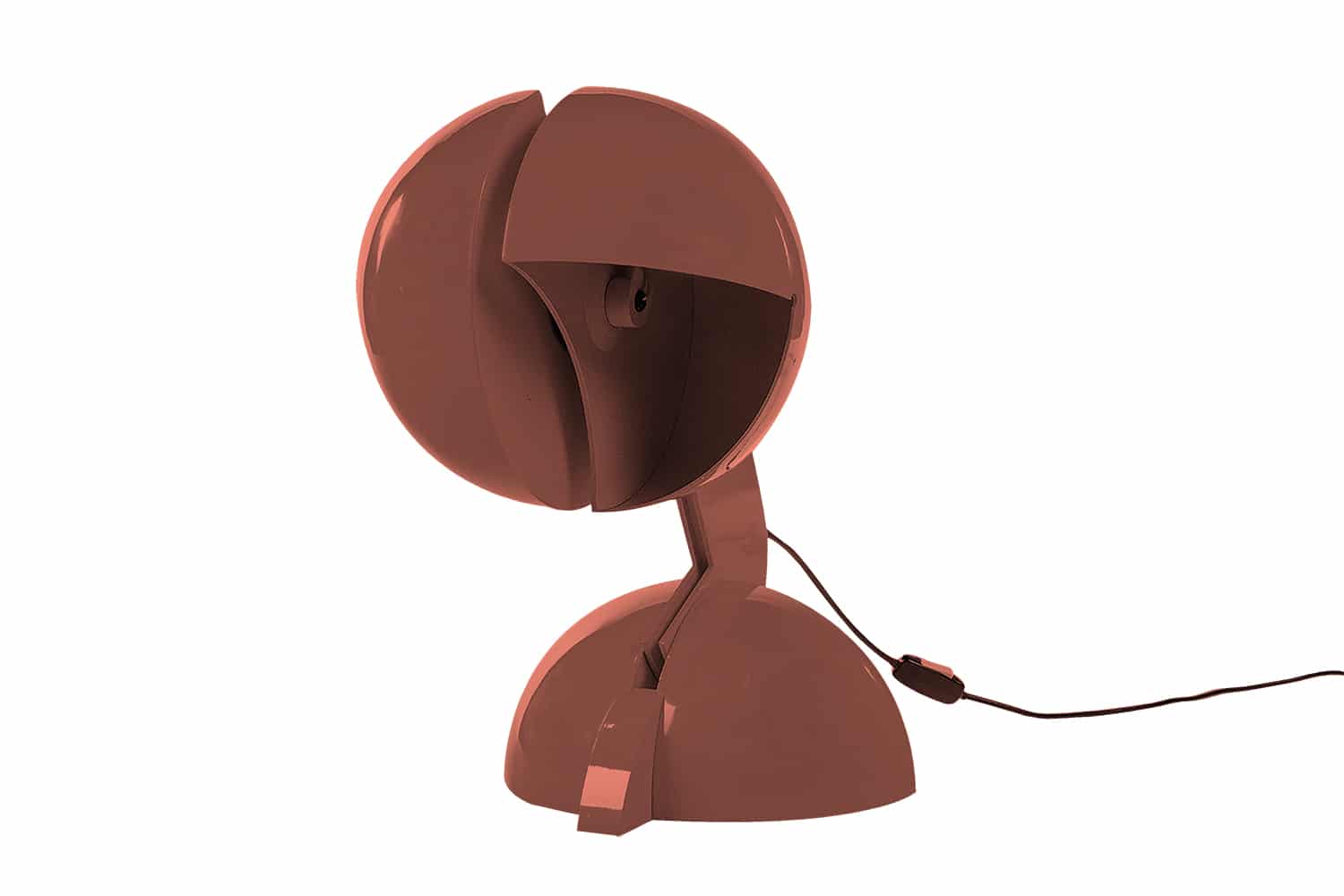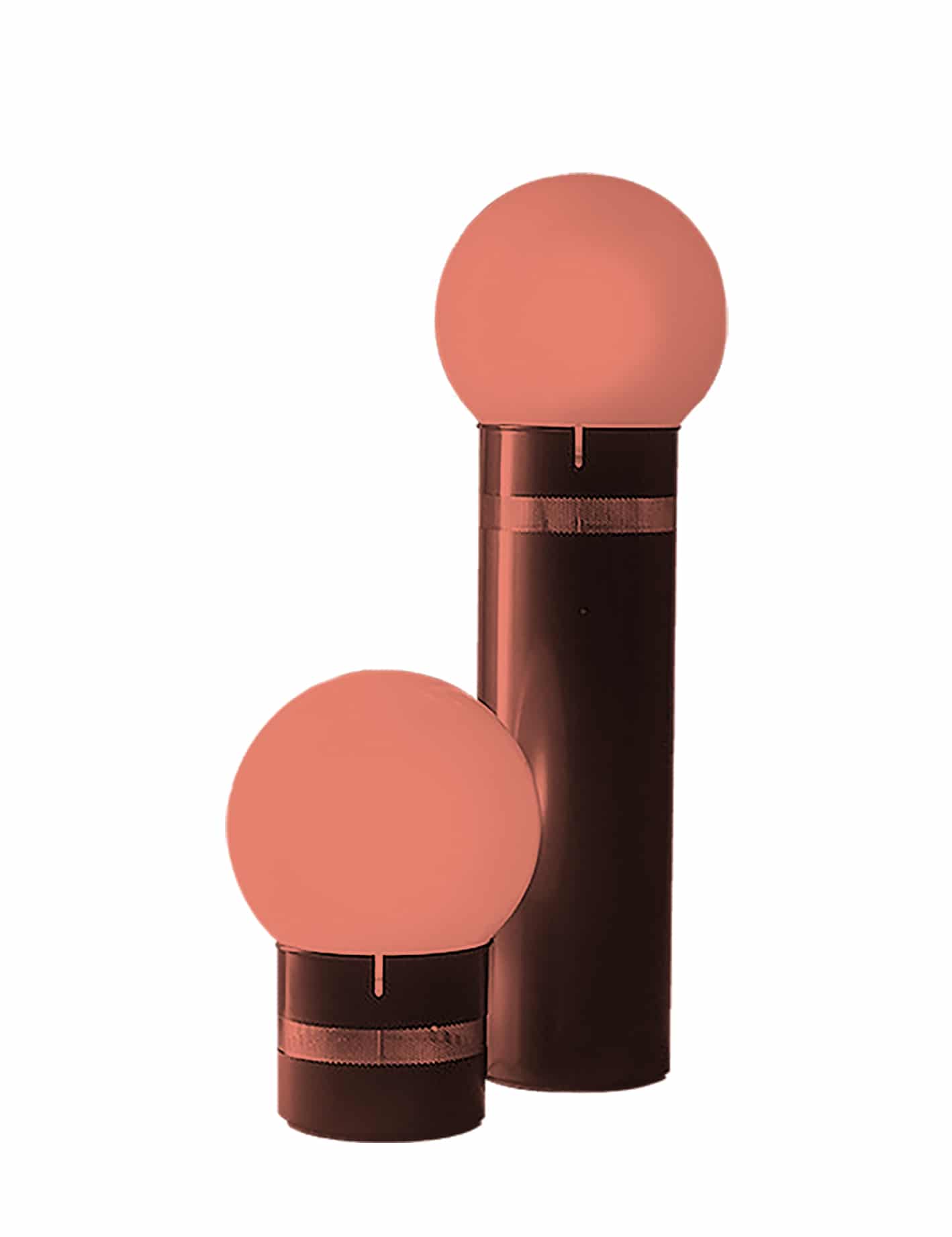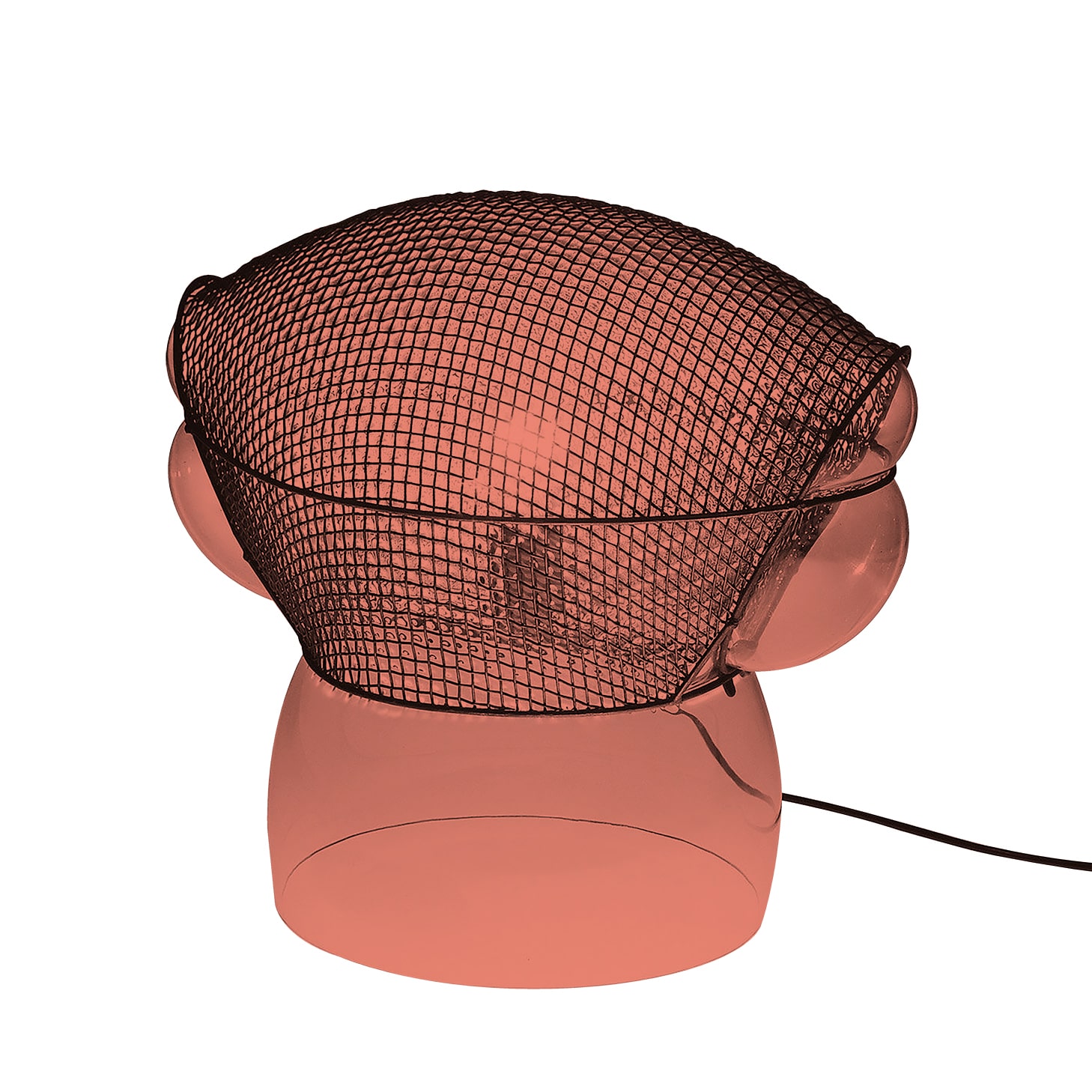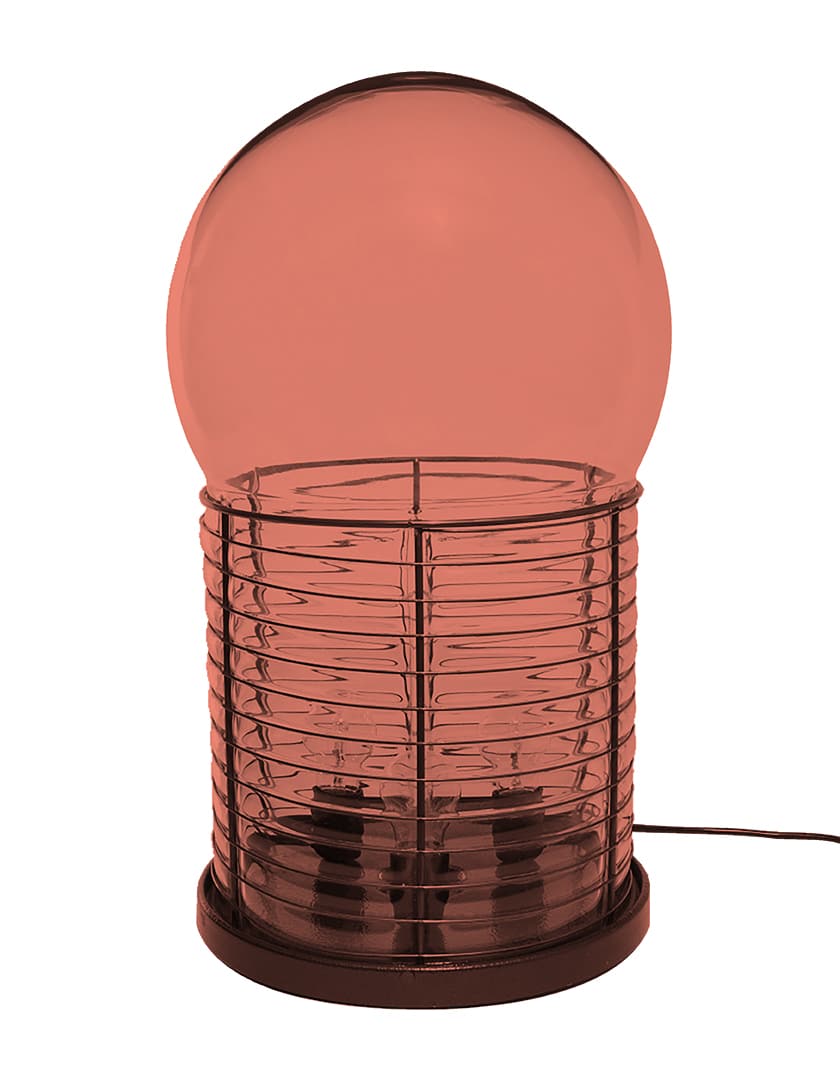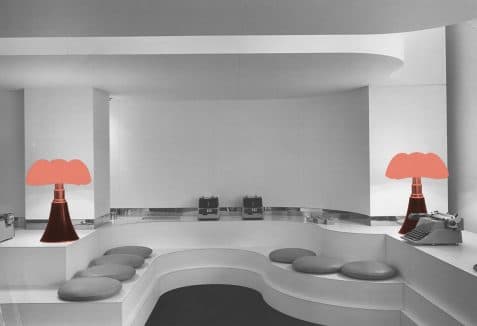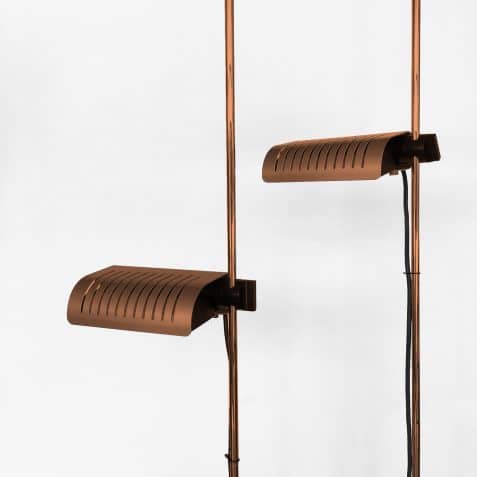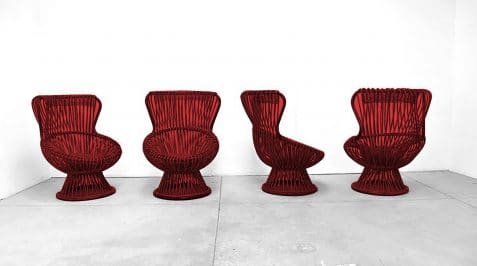INTERIOR
Cult forms #Gae Aulenti
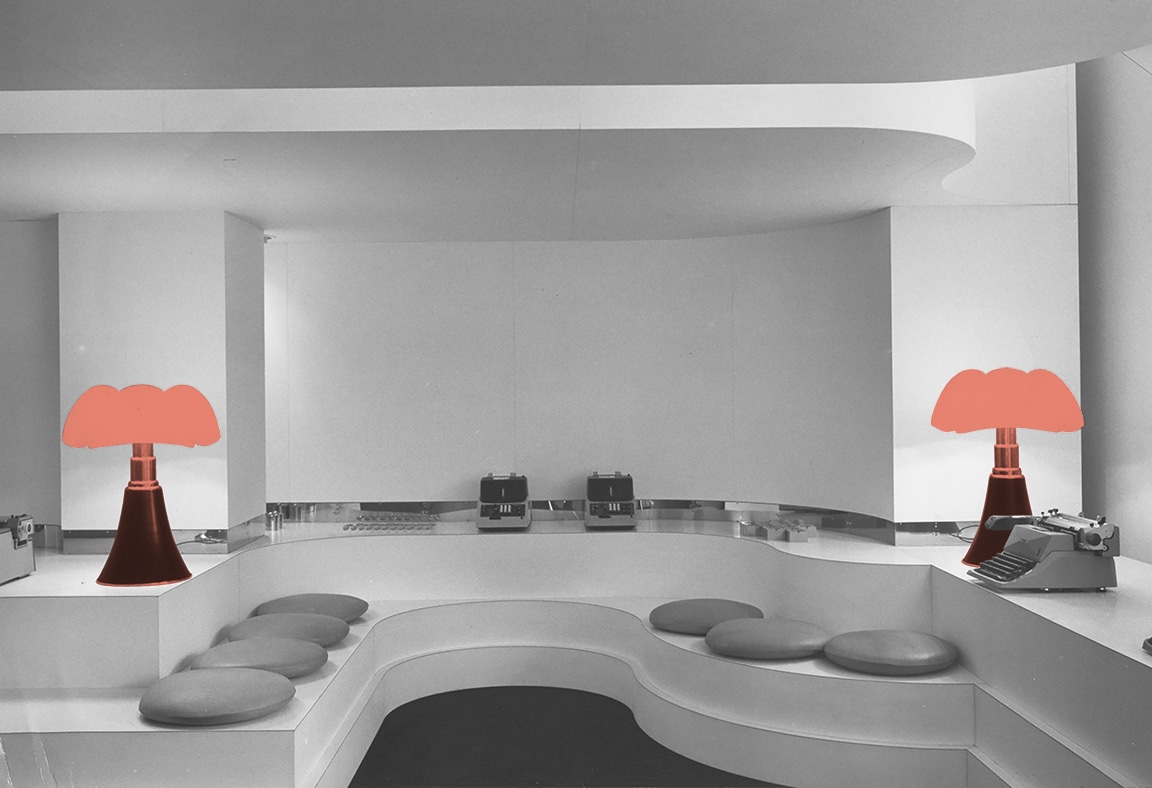
The Italian architect Gae Aulenti designed in 1964 a collection of outdoor furniture called Locus Solus. The collection was named after a cult book written in 1914 by Raymond Roussel, which returned to the forefront of the cultural debate at that time after Michel Foucault published an essay on the author. This furniture collection, designed as if it were part of the garden-museum of Martial Canterel, the eccentric protagonist of the book, is a good example of the author’s neo-liberty period, since it combined the metal tube structure of the first avant-gardes with the sinuous curves of the fin-de-siècle chairs and the vibrant colors and patterns of the pop design of the next decade. This collection became definitely iconic in 1969, when it appeared in the French thriller La Piscine, starring Alain Delon. The Locus Solus floor lamp, integrated in the same collection, also referred to the graceful vegetal coup-de-fuet forms in the Art Nouveau style.
I have never thought of lamps in technical terms or as machines for illuminating, but rather as harmonious forms in relation to the context for which they are createdGae Aulenti
Similar cultured and elegant references were manifested in the Pipistrello lamp, with its opaline shade and a telescopic shaft that allowed it to serve as both a table lamp and a floor lamp. This lamp was created by Aulenti in 1965 as part of the design of the Olivetti showroom in Paris and was later mass-produced with great sales success by Martinelli Luce.
Lamps later designed by Aulenti, such as the King Sun, Rimorchiatore and Ruspa table lamps or the Pileo floor lamp, abandoned sinuous forms and subtle historicist references in favor of pure geometric forms and experimentation with new materials and techniques, although later both features were combined in pieces from the 70s such as the Oracolo, Patroclo and Alcinoo lamps.
